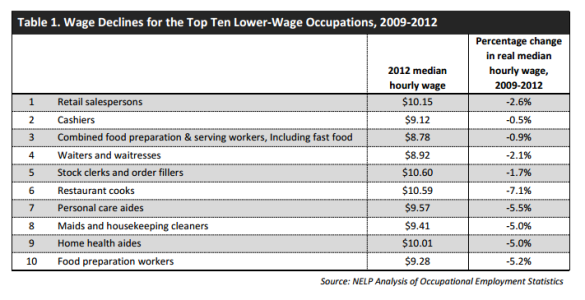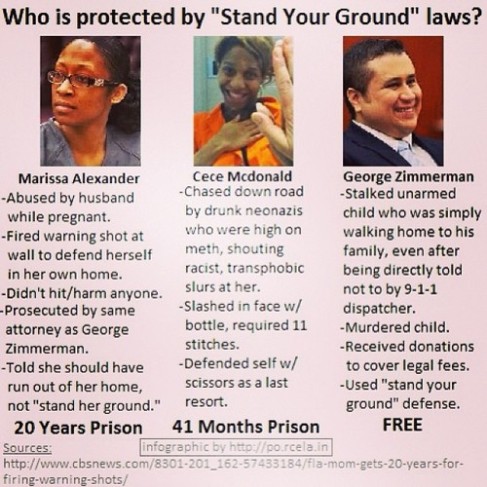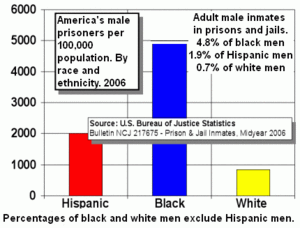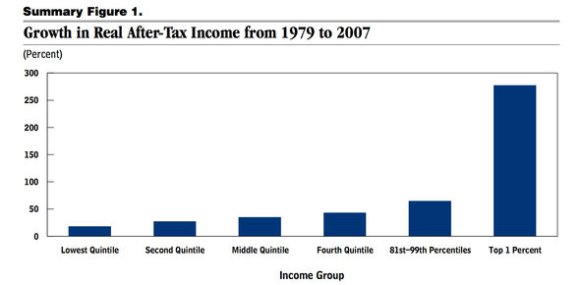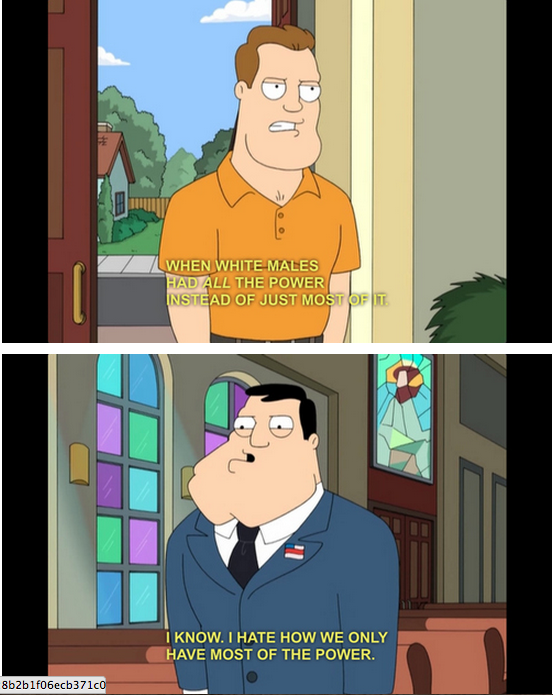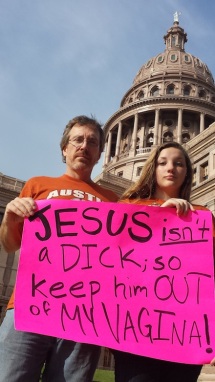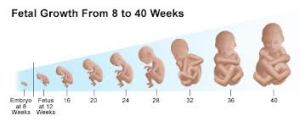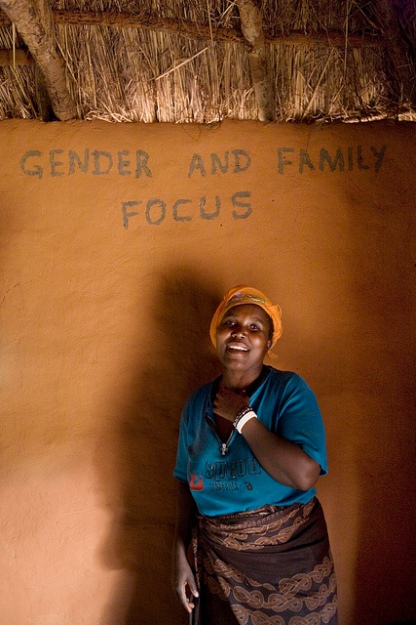The National Employment Law Project found in a study that lower and mid-wage occupations have been hurt the deepest, as wages sunk between 2009 and 2012. The table below shows the percentage change in many low-wage jobs. While wages for all workers in these lower-wage jobs have decreased, it seems these effects take place disproportionately when it comes to women in the workforce – as many are jobs in service. To put a number, two-thirds of minimum wage workers are women. Contrariwise, there was job growth in particular low-wage sectors (like retail and service) for women.
When comparing women’s wages to men’s, jobs in male-dominated sectors offer higher wages. Thus, to an extent, it may seem fair to speculate that the pay gap between men and women may be due to working in different jobs as opposed to gender discrimination, as thinks blogger Matt Vespa (Huffington Post). However, the Institute for Women’s Policy Research compared women and men’s salaries and found that there are still discrepancies between job salaries.
Regardless of the evidence or speculations, there are actions that the workforce and people should incorporate in order to lessen the gender pay-gap. For starters, the minimum wage could be raised – this in turn could lessen the gap between lower-wage workers. All in all, it is expected that women’s wages will equal men’s by the year 2056, and I feel much could be done to speed up the process (Huffington Post).
